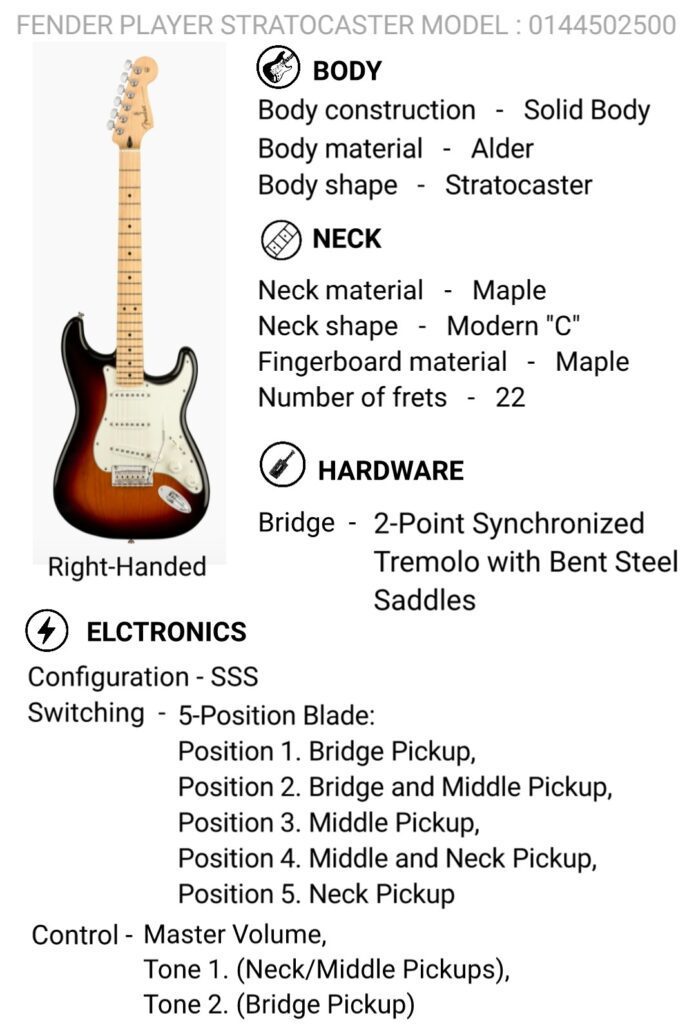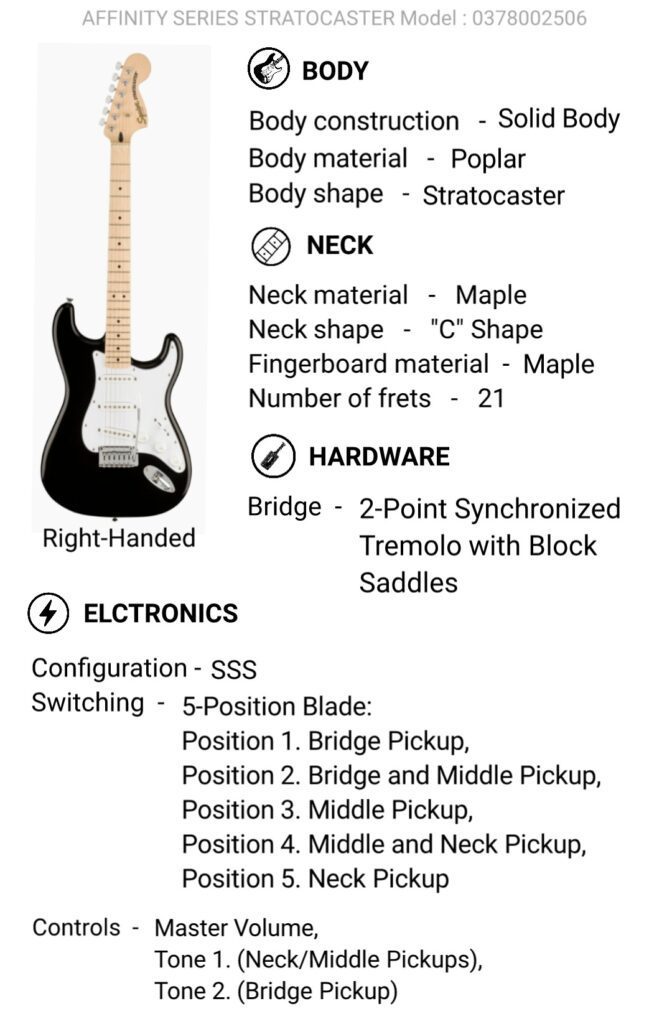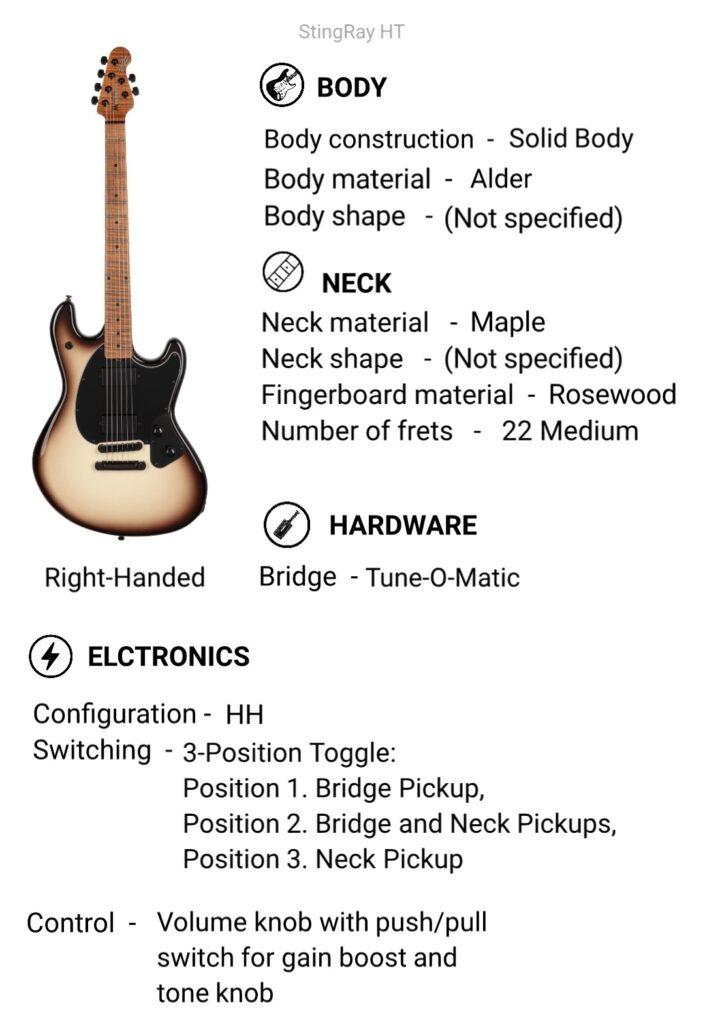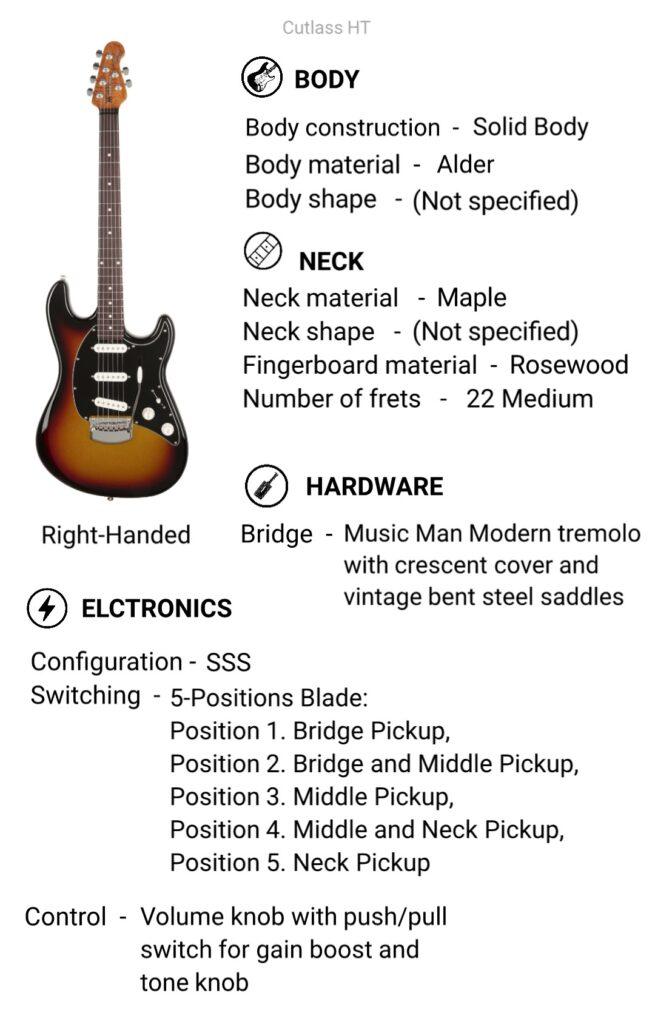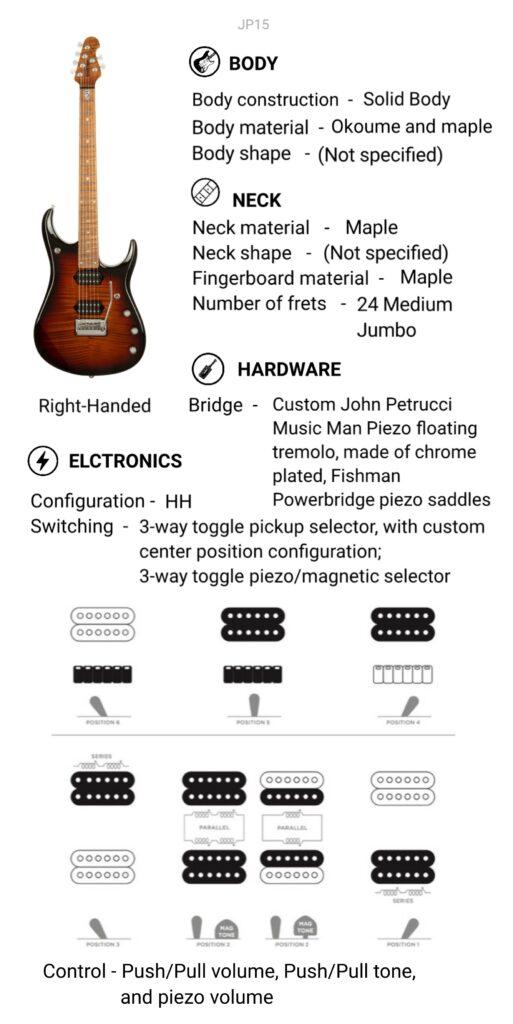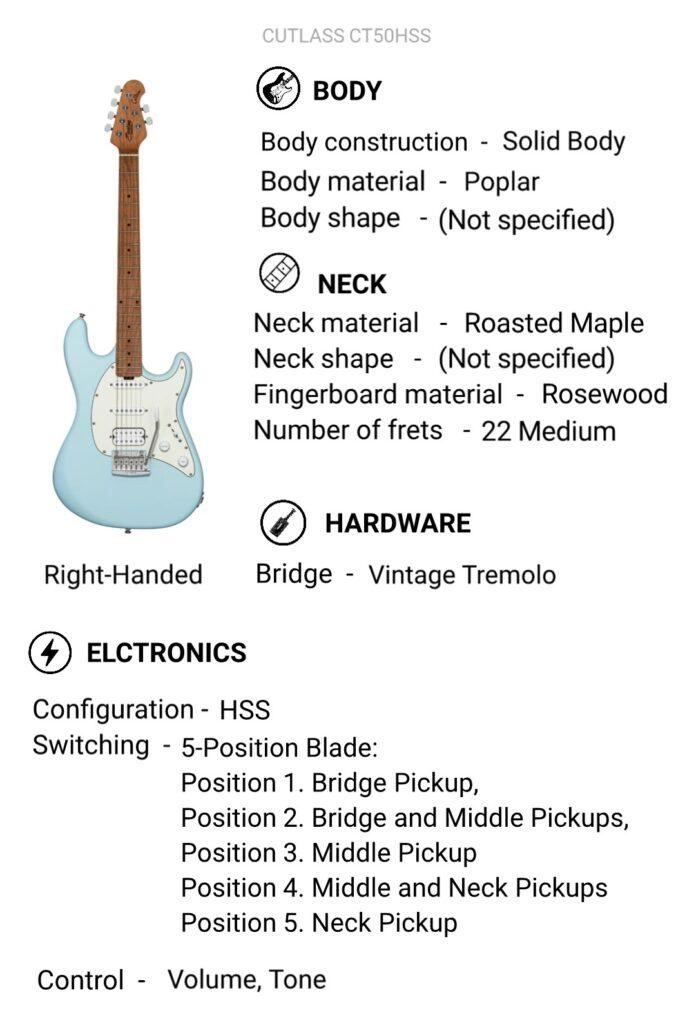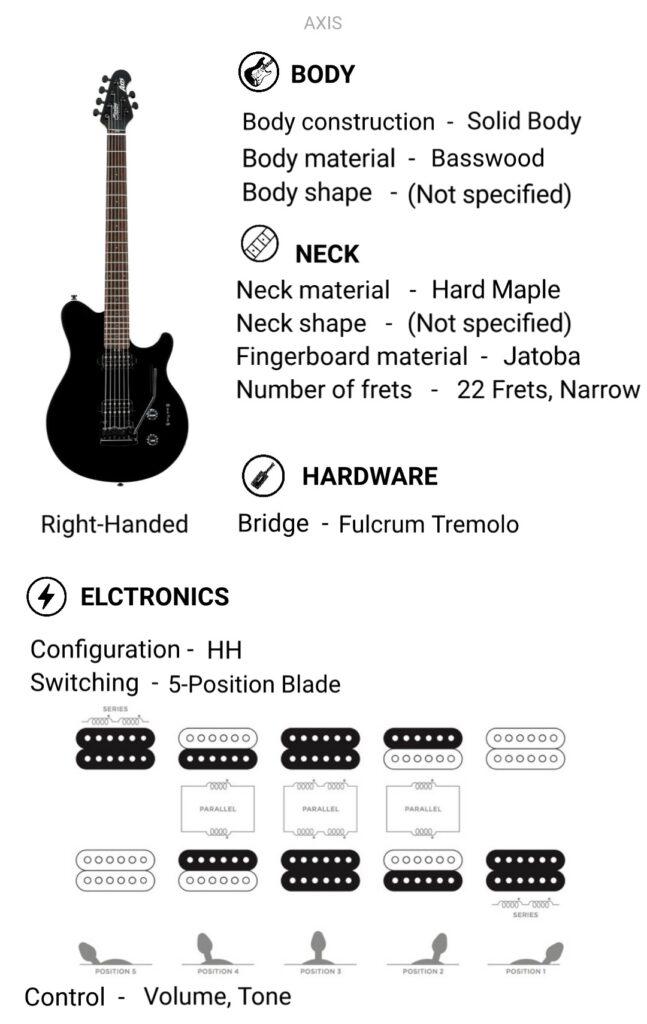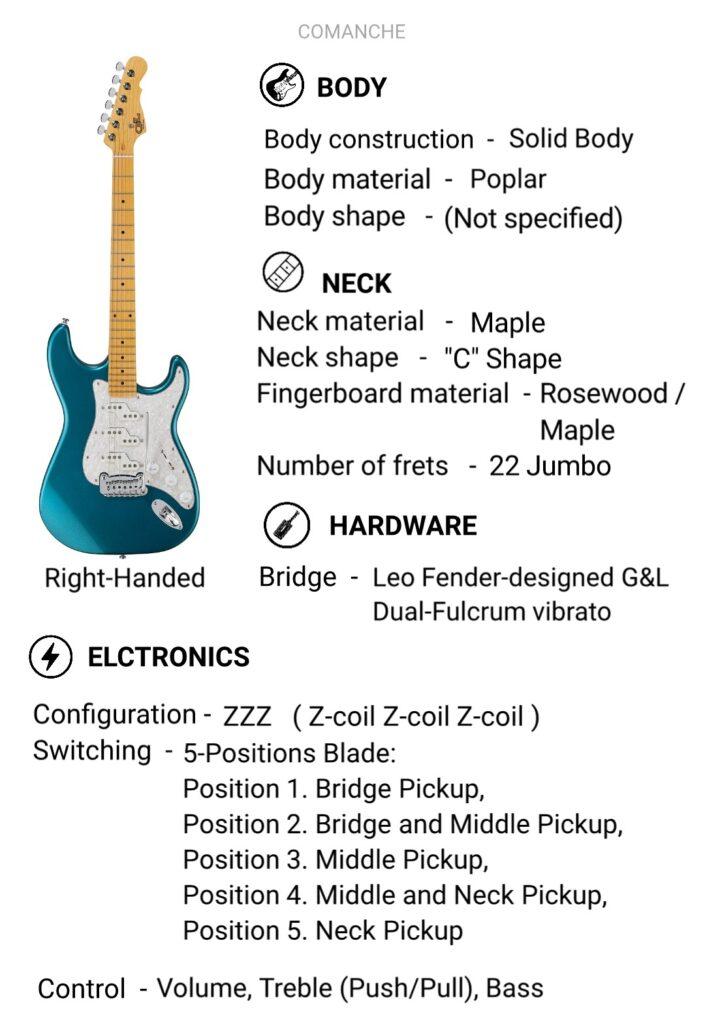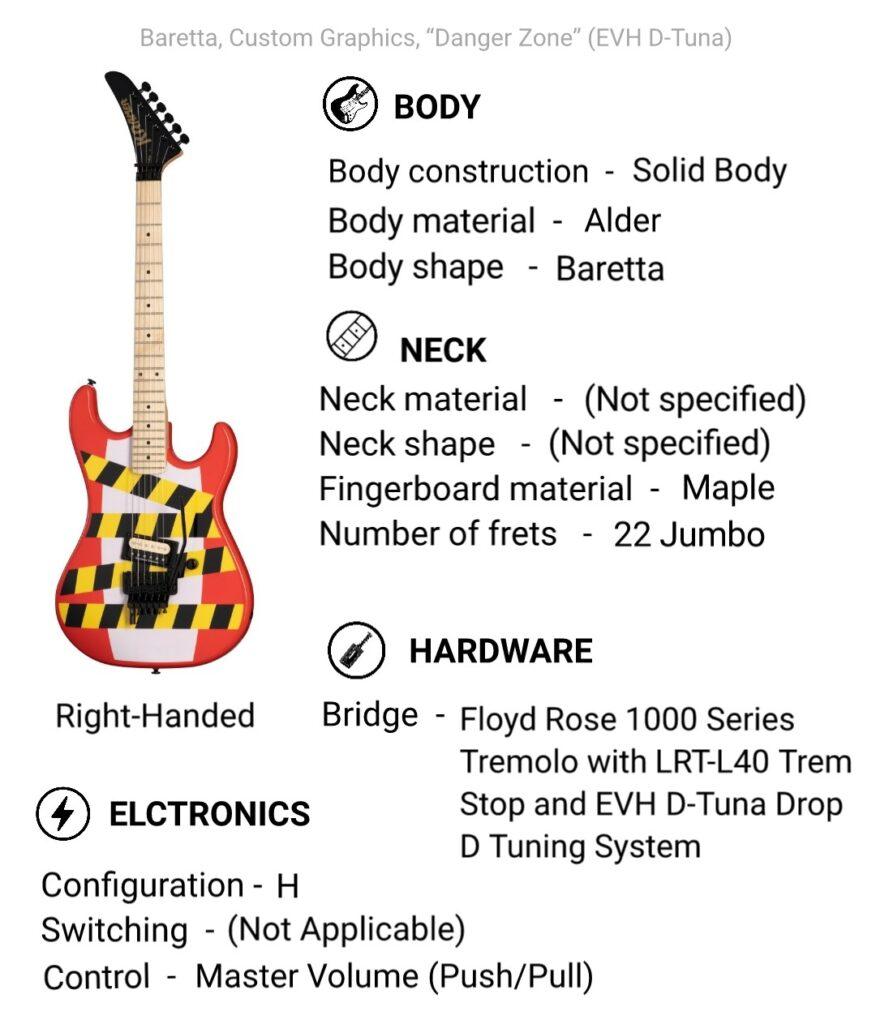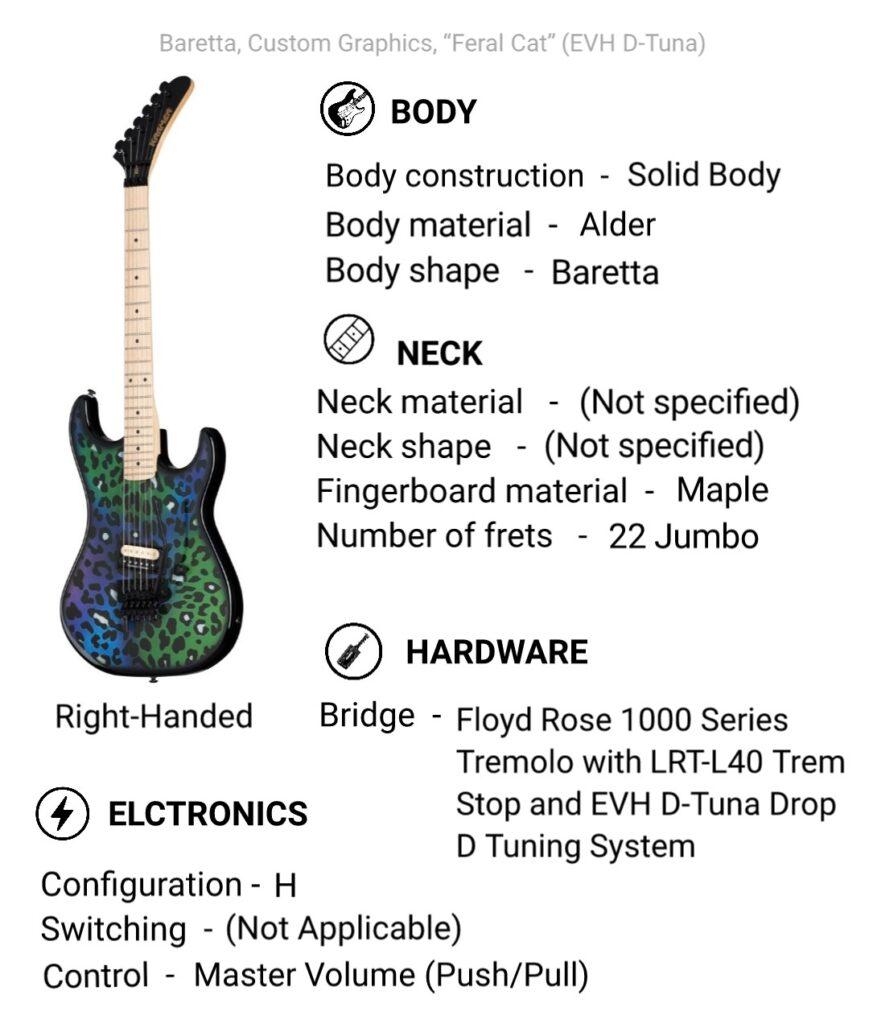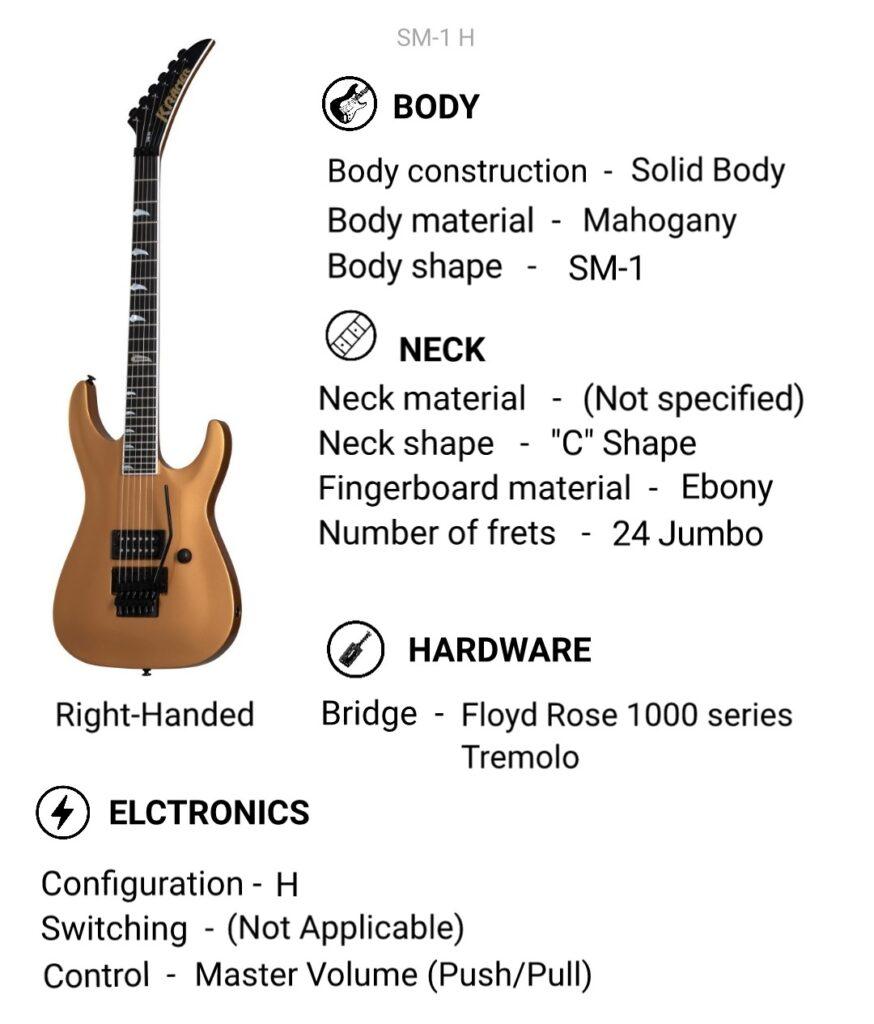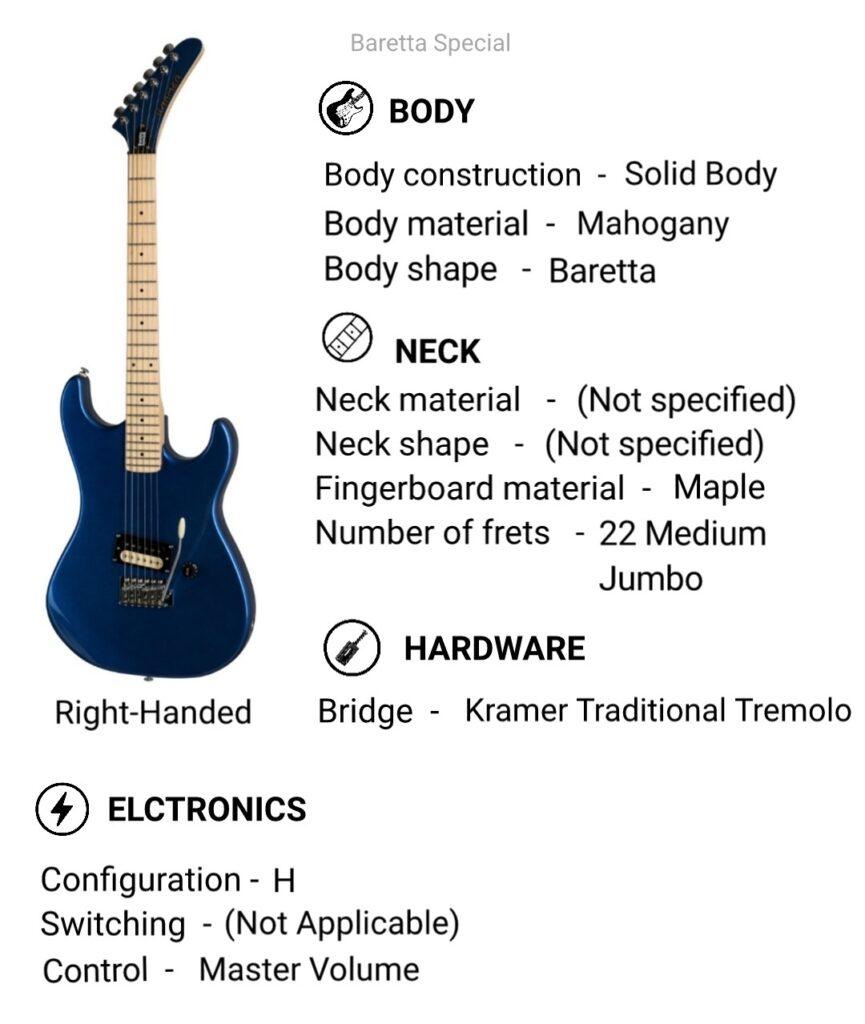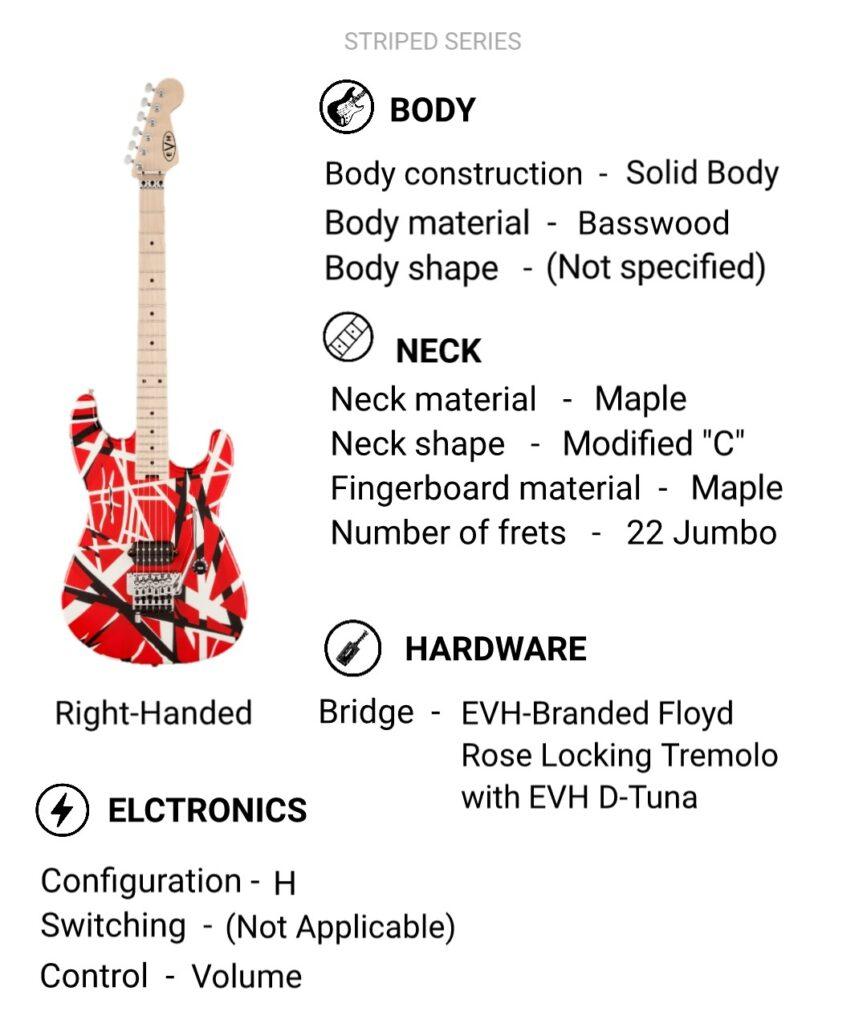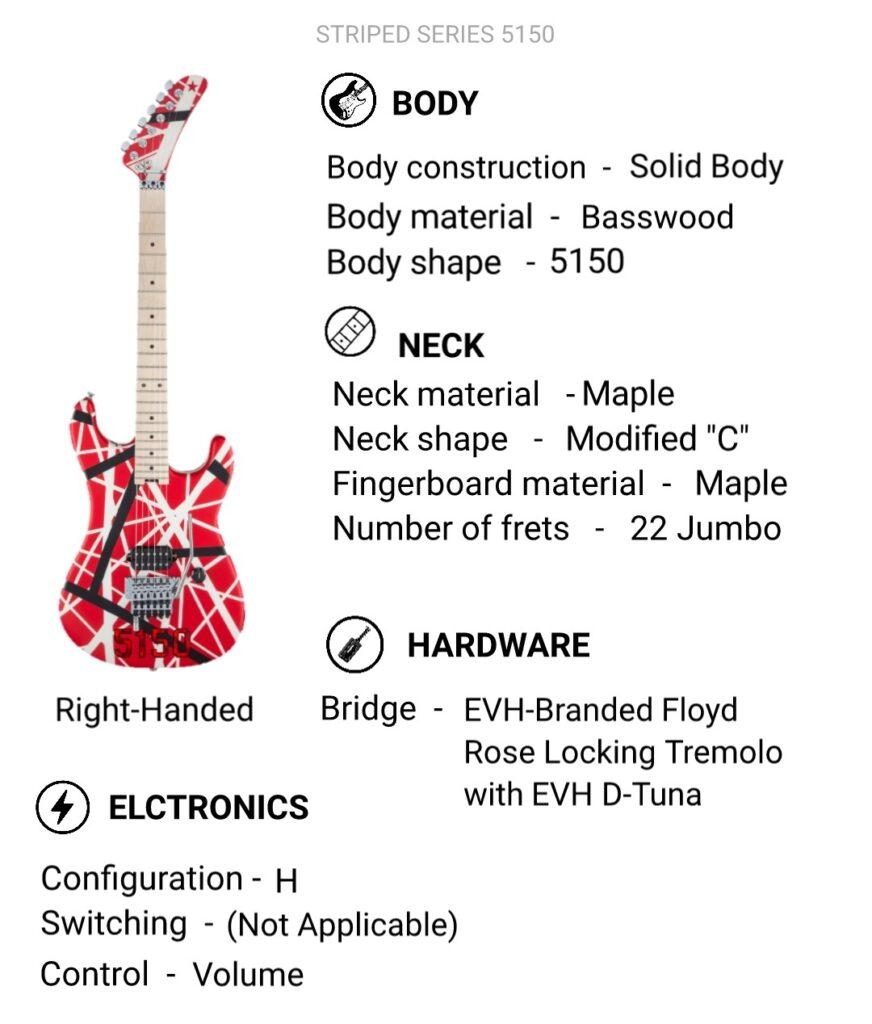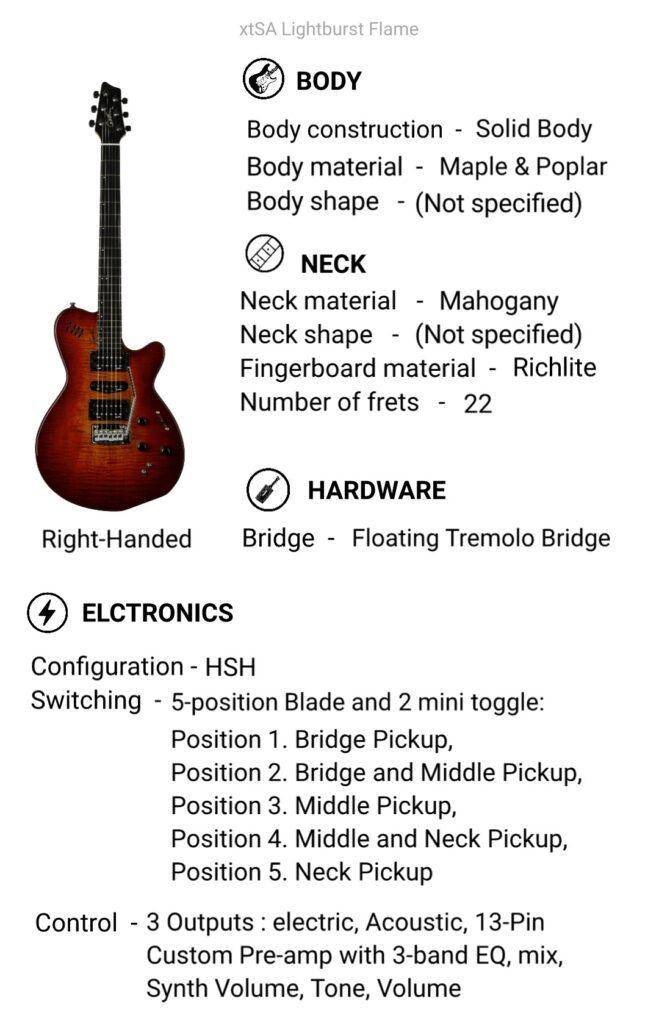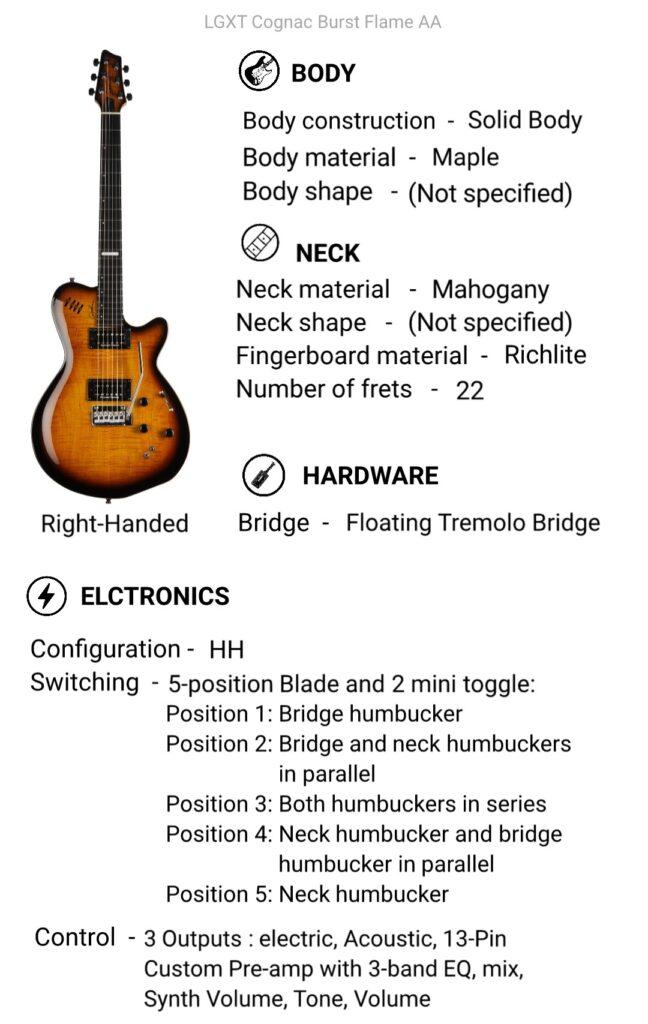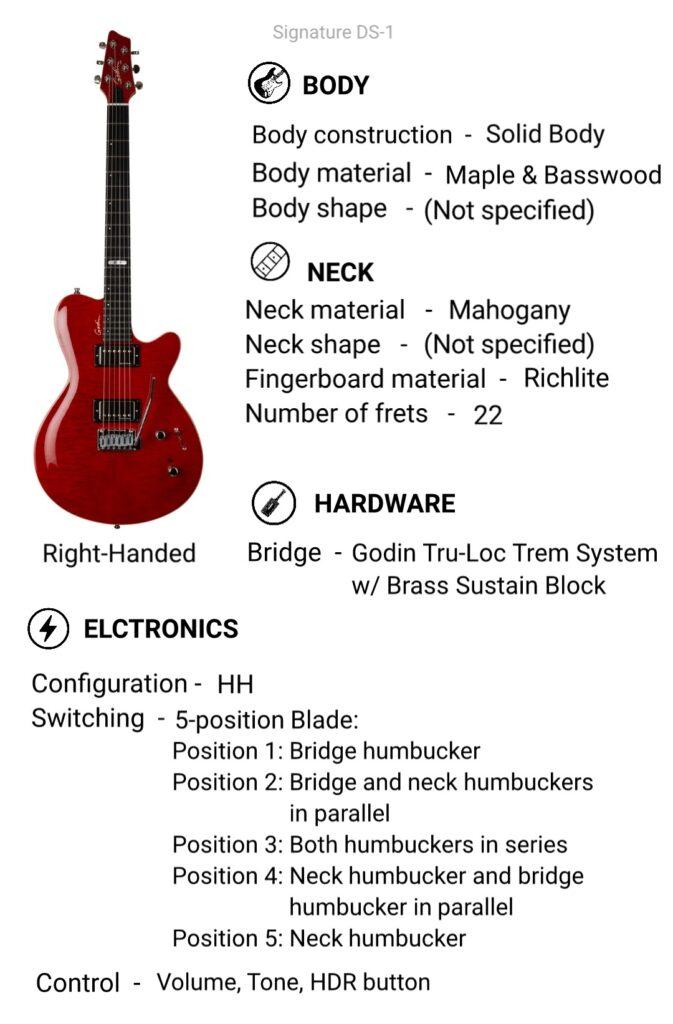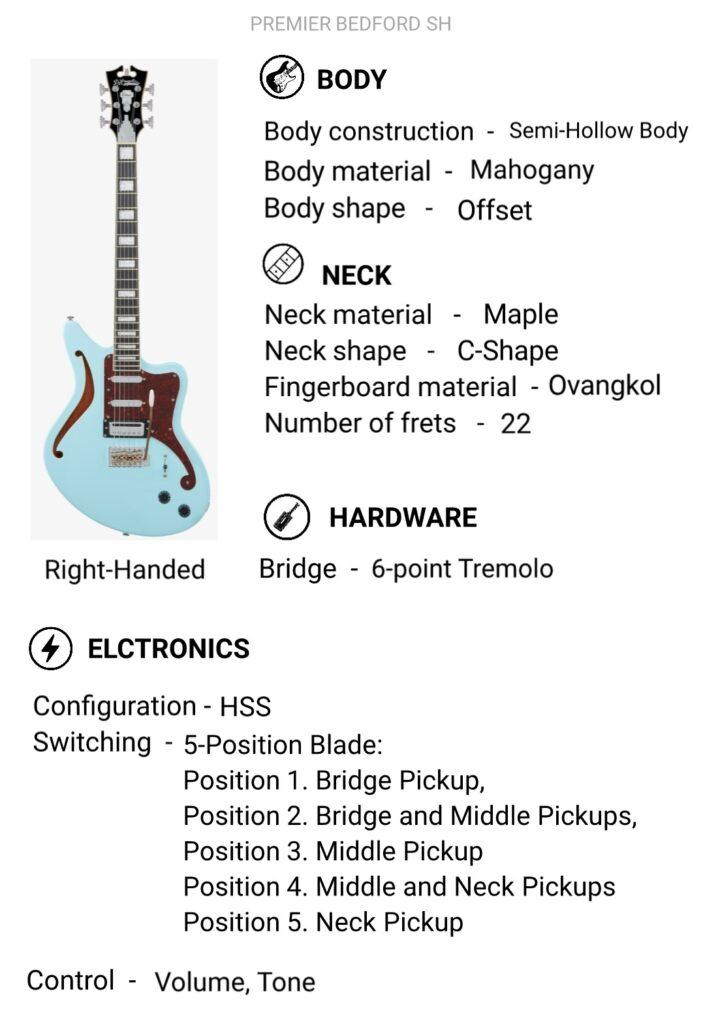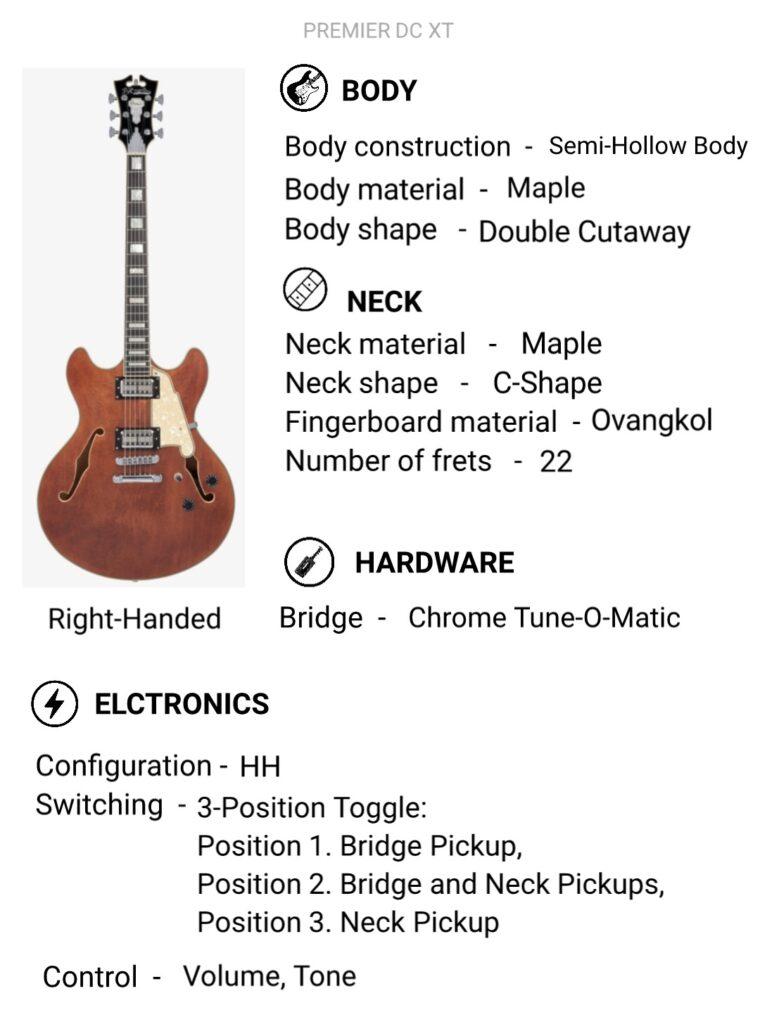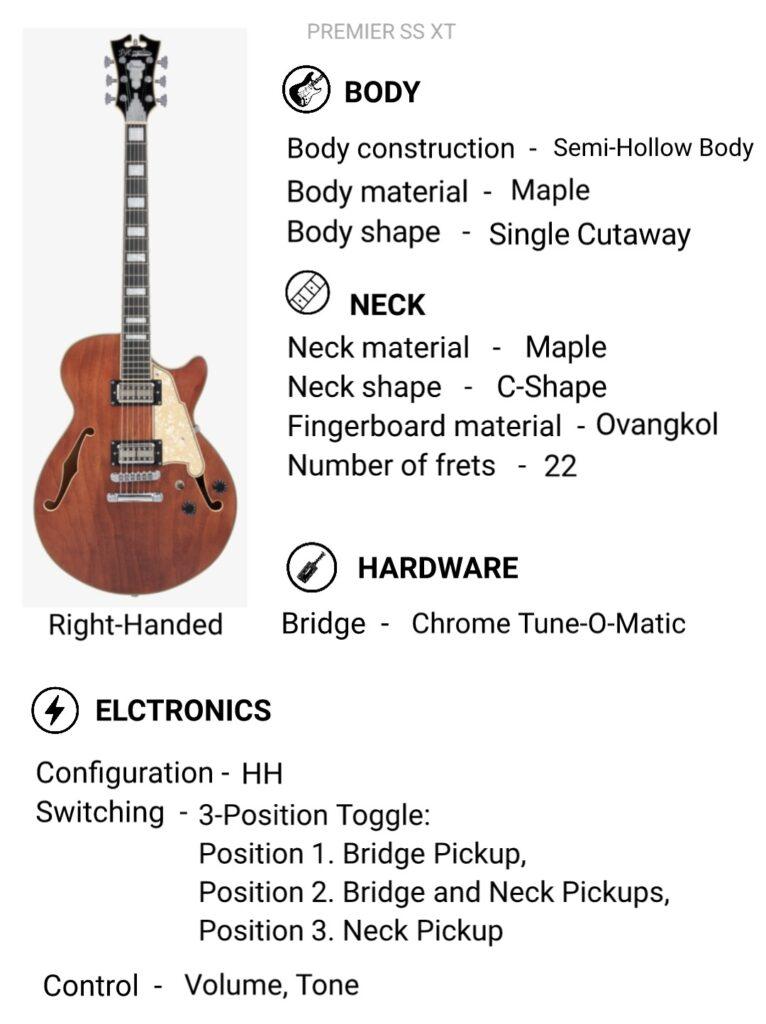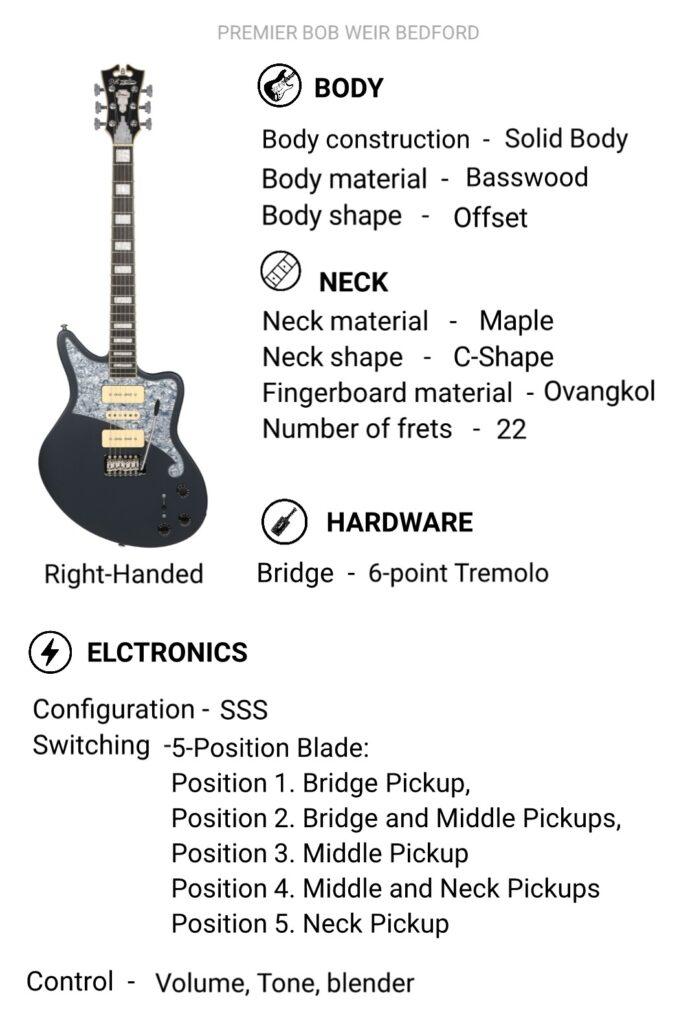List of Best SHH electric guitar with features and specifications, You can compare electric guitar prices on different online stores.
Soon We Are Adding Top 10 SHH Electric Guitars
Introduction: SHH electric guitars represent a versatile fusion of single-coil and humbucker pickups, offering players a unique sonic palette that combines the clarity and articulation of single coils with the warmth and power of humbuckers. This hybrid pickup configuration has gained popularity among guitarists seeking a diverse range of tones suitable for various musical genres and playing styles.
”Read_More”
Versatility in Tone: The SHH pickup configuration typically consists of a single-coil pickup in the neck position, followed by a humbucker pickup in the bridge position, and another single-coil pickup in the middle position. This arrangement allows for a wide spectrum of tones, with each pickup contributing its distinctive characteristics to the overall sound.
In the neck position, the single-coil pickup delivers crisp, clear tones with excellent articulation, making it well-suited for clean, rhythm, and lead playing. The humbucker pickup in the bridge position adds depth, warmth, and power to the sound, ideal for fat rhythm chords and singing lead lines. The single-coil pickup in the middle position provides a balanced tone with a blend of clarity and warmth, offering versatility for various playing techniques and musical genres.
Musical Applications: The SHH pickup configuration is incredibly versatile, making it suitable for a wide range of musical genres and playing styles. Guitarists who favor clean tones will appreciate the clarity and definition of the single-coil pickups, while those who prefer heavier, distorted tones can take advantage of the added punch and sustain provided by the humbucker pickup.
In blues and jazz genres, the SHH configuration offers smooth, expressive tones with rich harmonics and dynamic response, making it ideal for soulful solos and melodic improvisation. In rock and metal genres, the combination of single-coil and humbucker pickups allows for aggressive rhythm playing, searing lead lines, and soaring solos with ample sustain and power.
Live Performance and Recording: SHH electric guitars are equally well-suited for live performance and studio recording, thanks to their versatility and tonal flexibility. Whether performing on stage or laying down tracks in the studio, guitarists can dial in a wide range of tones to suit the demands of the music.
The SHH configuration shines in band settings, where guitarists need to cut through the mix and stand out in the ensemble. With the ability to switch between single-coil and humbucker sounds on the fly, players can adapt their tone to complement the music and enhance the overall sound of the band.
Conclusion: In conclusion, SHH electric guitars offer a compelling blend of single-coil clarity and humbucker power, providing guitarists with a versatile tool for expressing their musical creativity. Whether playing clean rhythms, crunchy chords, or blistering solos, the SHH configuration delivers a wide range of tones suitable for any musical genre or performance setting. With their sonic versatility and expressive capabilities, SHH electric guitars continue to inspire players and push the boundaries of modern guitar design.
For which Genres of music is the SHH pickup configuration suitable?
The SHH (Single-Coil-Humbucker-Humbucker) pickup configuration is exceptionally versatile and suitable for a wide range of musical genres due to its unique blend of tonal characteristics. Here’s an explanation of the genres where the SHH pickup configuration shines:
- Rock: SHH guitars excel in rock music, offering a dynamic range of tones that suit various subgenres, from classic rock to alternative rock and beyond. The combination of a single-coil pickup in the neck position and humbuckers in the bridge and middle positions provides guitarists with the versatility to achieve both crisp, articulate cleans and powerful, saturated distortion tones, making SHH guitars ideal for rhythm playing, crunchy chords, and searing lead solos.
- Blues: In blues music, the SHH configuration offers the best of both worlds, delivering the clarity and twang of single-coil pickups along with the warmth and fatness of humbuckers. This versatility allows guitarists to dial in smooth, expressive tones for soulful rhythm playing, emotive lead lines, and melodic improvisation, making SHH guitars a popular choice among blues players seeking tonal flexibility and dynamic response.
- Jazz: Jazz guitarists appreciate the SHH configuration for its ability to produce warm, round tones with excellent articulation and note definition. The combination of single-coil and humbucker pickups allows for a wide range of tonal colors, from mellow and subdued to bright and punchy, making SHH guitars well-suited for comping chords, soloing over standards, and creating lush, sophisticated textures in jazz ensembles.
- Fusion: Fusion music blends elements of jazz, rock, funk, and other genres, requiring guitars that can handle a diverse range of tones and playing styles. SHH guitars are ideally suited for fusion music, offering the clarity and precision needed for intricate melodic lines and complex chord voicings, as well as the power and sustain required for high-energy solos and driving rhythm grooves. The SHH configuration’s ability to transition seamlessly between clean and overdriven tones makes it a favorite among fusion players seeking sonic versatility and expressive capabilities.
- Pop and Contemporary: In pop and contemporary music, SHH guitars are valued for their ability to deliver a modern, polished sound that cuts through the mix. Whether playing clean, shimmering chords, or adding layers of distortion for edgier textures, the SHH configuration provides guitarists with the flexibility to adapt their tone to suit the song, making it a versatile choice for studio recording and live performances in a wide range of pop and contemporary styles.
Overall, the SHH pickup configuration’s versatility makes it suitable for a broad spectrum of musical genres, from classic rock and blues to jazz, fusion, pop, and beyond, making it an excellent choice for players who require flexibility and adaptability in their instrument’s sound.
How to choose right SHH electric Guitar
Choosing the right SHH (Single-Coil-Humbucker-Humbucker) electric guitar involves considering various factors to ensure it meets your playing style, preferences, and musical goals. Here are some steps to guide you in selecting the perfect SHH guitar:
- Define Your Playing Style: Determine the genres and styles of music you primarily play or intend to explore. Whether you’re into rock, blues, jazz, fusion, pop, or a combination of styles, understanding your musical preferences will help narrow down your options.
- Consider Tonewood: Pay attention to the tonewoods used in the guitar’s construction, as they significantly influence its sound and resonance. Different tonewoods produce distinct tonal characteristics, so choose one that complements your desired sound. Common tonewoods include mahogany, alder, ash, maple, and basswood.
- Pickup Configuration: Since you’re specifically interested in SHH guitars, focus on models equipped with this pickup configuration. Evaluate the tonal qualities of the single-coil and humbucker pickups, considering factors such as clarity, warmth, articulation, and versatility. Some SHH guitars may also feature coil-splitting or coil-tapping options, providing additional tonal flexibility.
- Test Playability: Visit guitar stores or try out guitars at local shops to assess their playability and comfort. Pay attention to factors such as neck profile, fretboard radius, fret size, and overall ergonomics. Choose a guitar with a neck profile and scale length that feels comfortable and facilitates your playing technique.
- Check Hardware and Electronics: Examine the hardware and electronics of the guitar, including the bridge, tuners, and controls. Opt for high-quality components that ensure stability, tuning accuracy, and durability. Additionally, assess the pickup selector switch and tone/volume controls to ensure smooth operation and easy access to different pickup combinations.
- Evaluate Build Quality: Assess the overall build quality, craftsmanship, and attention to detail. Look for solid construction, tidy fretwork, smooth fret edges, and a well-finished neck and body. A well-built guitar not only enhances playability but also contributes to better tone and resonance.
- Budget Consideration: Set a budget based on your financial constraints and the level of quality you’re seeking. While there are excellent SHH guitars available at various price points, investing in a higher-quality instrument may offer better playability, tone, and longevity in the long run.
- Read Reviews and Seek Recommendations: Research online reviews, user feedback, and expert opinions on SHH guitars you’re interested in. Additionally, seek recommendations from fellow guitarists, teachers, or forums to gain insights into specific models and brands.
- Personal Preference: Ultimately, choose a guitar that resonates with you both tonally and aesthetically. Consider factors such as finish options, body shape, and visual appeal, as they contribute to your overall enjoyment and connection with the instrument.
By following these steps and carefully considering your playing style, preferences, and budget, you can select the right SHH electric guitar that inspires you to create music and enhances your playing experience.
Pros and Cons SHH electric Guitars
Pros:
- Versatile Tonal Options: SHH guitars offer a wide range of tonal possibilities due to the combination of single-coil and humbucker pickups. Players can access crisp, articulate single-coil sounds as well as thick, powerful humbucker tones, providing versatility for various musical genres.
- Balanced Sound: The SHH configuration balances the clarity and twang of single-coil pickups with the warmth and depth of humbuckers, resulting in a well-rounded sound that suits different playing styles and musical contexts.
- Increased Sustain: Humbucker pickups contribute to longer sustain compared to single-coil pickups, allowing notes to ring out with greater richness and depth, particularly when using overdrive or distortion effects.
- Reduced Noise: The inclusion of humbucker pickups helps minimize unwanted noise and interference, making SHH guitars suitable for high-gain settings and live performance environments where noise can be a concern.
- Enhanced Dynamics: With the ability to blend single-coil and humbucker tones, SHH guitars offer enhanced dynamic range and expressiveness, allowing players to achieve a wide variety of tones with nuanced dynamics and articulation.
Cons:
- Pickup Switching Complexity: The multiple pickup configurations on SHH guitars can lead to a more complex switching system compared to guitars with simpler pickup layouts. Players may need to spend time experimenting with different pickup combinations to find their preferred tones.
- Potential Volume Discrepancy: Mixing single-coil and humbucker pickups can sometimes result in volume imbalances between pickups, particularly when switching between them. Players may need to adjust pickup heights or use volume controls to compensate for these discrepancies.
- Weight Considerations: Depending on the guitar’s construction and hardware, SHH guitars may be heavier than guitars with fewer pickups or lighter tonewoods. This added weight can affect comfort during long playing sessions or performances.
- Higher Cost: SHH guitars often feature more pickups and electronics than guitars with simpler configurations, which can contribute to higher manufacturing costs. As a result, SHH guitars may be priced higher than guitars with single-pickup configurations or basic electronics.
- Tone Compromise: While SHH guitars offer versatility, some players may find that they prefer the distinctive tones of guitars with dedicated single-coil or humbucker configurations. The blended tones of SHH guitars may not fully replicate the characteristics of guitars with specialized pickup configurations.
Overall, SHH electric guitars offer a compelling balance of tonal versatility and sonic flexibility, making them suitable for a wide range of musical genres and playing styles. However, players should consider the complexities and potential drawbacks associated with SHH guitars when making their purchasing decisions.
History of SHH electric Guitars
The history of SHH (Single-Coil-Humbucker-Humbucker) electric guitars reflects a quest for tonal versatility and flexibility in electric guitar design. While specific models and brands may vary, the concept of combining single-coil and humbucker pickups traces back to the evolution of electric guitar technology and player preferences over the years.
- Origins of Pickup Configurations: The development of electric guitars in the mid-20th century saw the emergence of various pickup configurations, each with its own sonic characteristics. Single-coil pickups, known for their bright, clear tones, were popularized by guitars such as the Fender Stratocaster. Humbucker pickups, introduced by Gibson, offered thicker, warmer tones with reduced noise and interference.
- Experimentation and Customization: Guitarists and luthiers began experimenting with different pickup combinations to achieve specific tonal qualities and address the limitations of single-pickup designs. Custom-built guitars featuring mixed single-coil and humbucker setups became increasingly common, allowing players to access a broader range of tones within a single instrument.
- Response to Diverse Musical Styles: As musical genres diversified and evolved, guitarists sought instruments capable of accommodating a wide range of playing styles and tonal demands. The SHH configuration emerged as a response to this need, offering a versatile solution that blended the clarity of single-coil pickups with the power and depth of humbuckers.
- Manufacturers’ Innovations: Guitar manufacturers recognized the popularity and practicality of SHH guitars, leading them to incorporate this pickup configuration into their product lines. Brands like Fender, Gibson, Ibanez, and others began offering SHH models alongside their traditional single-coil and humbucker-equipped guitars, catering to the preferences of modern players.
- Modern Applications: In contemporary electric guitar design, SHH guitars continue to be valued for their tonal flexibility and adaptability across various musical genres. Guitarists in rock, blues, jazz, fusion, pop, and metal utilize SHH guitars to access a diverse palette of tones, whether recording in the studio or performing live on stage.
Overall, the history of SHH electric guitars reflects a convergence of player preferences, technological advancements, and the evolving landscape of music styles. By combining the best attributes of single-coil and humbucker pickups, SHH guitars offer guitarists a versatile tool for creative expression and sonic exploration in the modern music scene.
”Read_Less”

